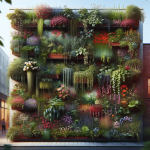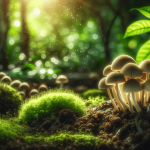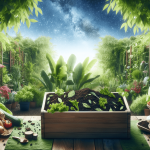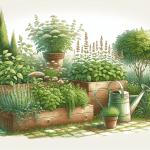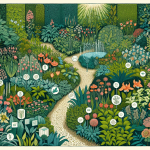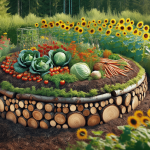This post may contain affiliate links. As an Amazon Associate, we may earn commissions from qualifying purchases.
Have you ever wondered how you can transform your garden into a paradise for a variety of bird species? You might look out into your backyard and notice it feels just a little too silent, a bit too devoid of chirps and fluttering. What if I told you there are ways to create an inviting haven for birds that will bring a symphony of melodies right to your doorstep? Let’s take a journey together to see exactly how you can create a garden that supports many different bird species.
Understanding Your Feathered Friends
Knowing the Needs of Different Bird Species
Birds, much like humans, have a diverse range of needs and preferences. Understanding these can make a world of difference. While some birds love dense foliage for nesting, others are keen on open spaces. Then there are those fussy eaters who prefer specific types of seeds or insects. So, you see, attracting a diverse group of birds means catering to their varied requirements.
Common Birds to Attract
You might start by aiming to attract bird species commonly found in your area. Here’s a short list to consider:
| Bird Species | Preferred Habitat | Favorite Food |
|---|---|---|
| Robins | Open lawns, gardens | Worms, berries |
| Sparrows | Urban settings | Seeds, grains |
| Hummingbirds | Flower-rich gardens | Nectar |
| Finches | Woodland edges | Seeds |
| Blue Jays | Wooded areas | Nuts, seeds |
Creating the Perfect Habitat
Offer a Variety of Plants and Trees
Plants and trees are the backbones of a bird-friendly garden. They provide food, shelter, and nesting sites. Aim to plant a mix of native trees, shrubs, and flowering plants. Native plants are especially beneficial as they are well-adapted to the local climate and soil conditions, making them more likely to thrive.
- Trees: Oaks, maples, birches
- Shrubs: Dogwood, holly, elderberry
- Flowering Plants: Asters, coneflowers, bee balm
Ensuring Year-Round Food Supply
Birds need a consistent food supply throughout the year. By planting a variety of species that bear fruit, seeds, or nectar at different times, you can ensure that there’s always something available for them to eat.
Winter
In winter, food can be scarce. Plants like holly and junipers can provide berries, while feeders stocked with seeds and suet will keep the birds coming.
Spring
Spring brings new growth. Plants like serviceberries and native shrubs can offer early season sustenance.
Summer
Summer is the time for lush availability of food. Berries from elderberry and mulberries are loved by many bird species.
Fall
In the fall, birds are preparing for migration or harsh winter. Plants like goldenrod and sedum can offer vital energy sources.
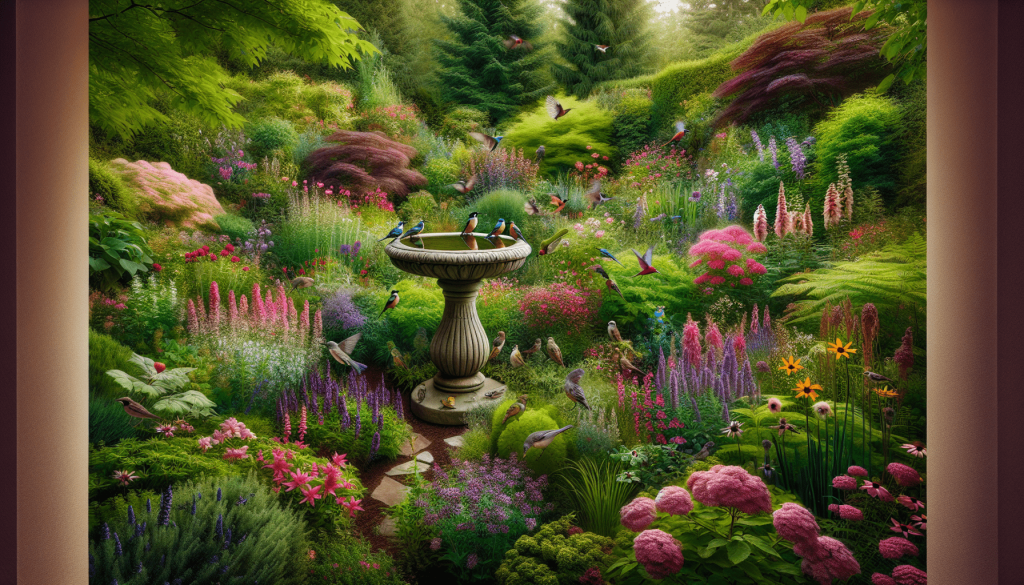
Creating Water Features
The Importance of Water
Water is as essential to birds as it is to us. It’s not just for drinking; birds also need water for bathing, which helps them keep their feathers in top condition. A clean birdbath can attract numerous bird species to your garden.
Designing Bird-Friendly Water Features
You can incorporate several types of water features:
- Birdbaths: Ensure they are shallow and cleaned regularly.
- Ponds: Small garden ponds with gentle slopes can provide a natural water source.
- Drip or Mist Systems: Moving water can be very appealing to birds.
Winter Water Solutions
In winter, water sources can freeze over, making it difficult for birds to find drinking water. You might consider investing in a heated birdbath to ensure a constant water supply through the colder months.
Providing Shelter and Nesting Sites
Natural Shelters
Birds need shelter from the elements, predators, and a safe place to raise their young. Dense shrubs and trees can provide natural hiding and nesting spots.
Nesting Boxes
Different bird species have different nesting requirements. Adding birdhouses or nesting boxes can attract species that prefer more private nesting spots. Make sure to follow best practices for installation, such as height and entrance hole dimensions tailored to the specific birds you wish to attract.
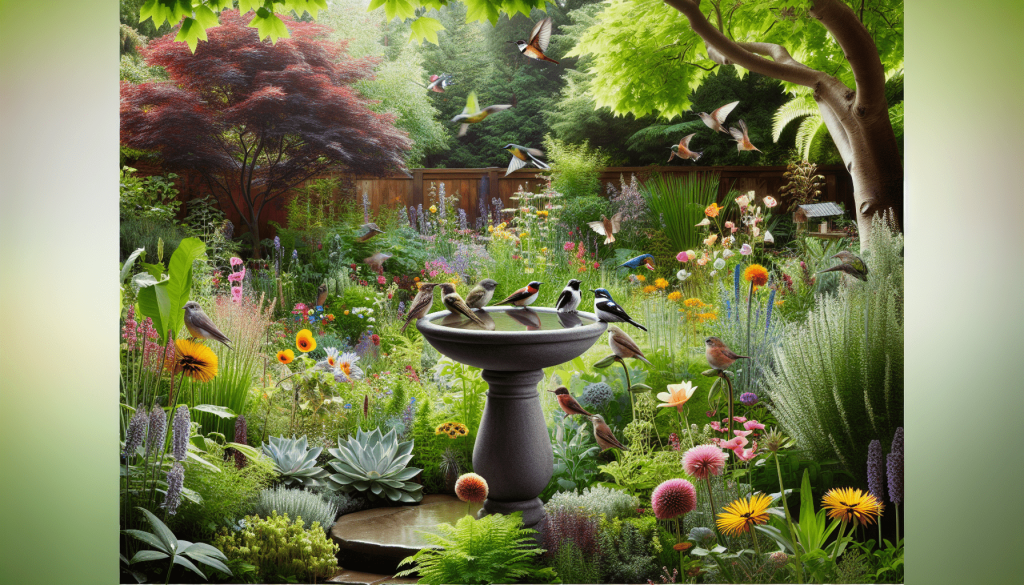
Offering the Right Food
Different Birds, Different Diets
Birds have varied diets that include seeds, insects, nectar, and fruits. Having an assortment of feeders and food types can attract a more diverse bird population. For example:
- Seed Feeders: Ideal for sparrows, finches, and chickadees.
- Nectar Feeders: Perfect for attracting hummingbirds.
- Suet Feeders: Suitable for attracting woodpeckers and nuthatches.
Choosing the Right Seeds and Feed
Here’s a quick guide:
| Seed Type | Attracts |
|---|---|
| Black-oil sunflower | Most songbirds |
| Nyjer | Finches, siskins |
| Milo | Sparrows, towhees |
| Cracked corn | Ducks, doves, jays |
| Suet | Woodpeckers, nuthatches |
Creating a Bird-Friendly Layout
Proper Placement of Feeders and Baths
Where you place feeders and birdbaths matters. They should be safely accessible to birds but away from predators. Placing them near shrubs or trees can provide quick cover for birds if a predator is spotted.
Creating a Layered Habitat
Design your garden with layers to mimic natural habitats:
- Canopy layer: Tall trees.
- Understory: Smaller trees and tall shrubs.
- Shrub layer: Low-growing shrubs and bushes.
- Ground layer: Groundcovers and flowers.
This layering provides various niches for different bird species.
Managing Your Garden Organically
Avoiding Pesticides
Chemicals can harm birds directly or reduce the insect population they depend on. Opt for organic gardening practices to maintain a healthy, bird-friendly environment. Natural predators like ladybugs and spiders can keep pest populations in check.
Creating a Compost Heap
A compost heap not only recycles garden waste but also creates a habitat for worms and insects, which are a valuable food source for many bird species. Think of it as a natural buffet station for your garden visitors.
Monitoring and Maintaining Your Garden
Keeping It Clean
Regular maintenance is crucial. Clean feeders and birdbaths frequently to prevent disease. Remove old, moldy food and clean nesting boxes at the end of each breeding season.
Tracking Bird Activity
Keeping a journal or using bird identification apps can help you track which species visit your garden and what they prefer. This information can guide future planting and feeding decisions. Plus, it’s a rewarding activity to see your efforts bring in new bird species over time.
Encouraging Community
Educating Others
Spread the word about your bird-friendly garden. Encourage neighbors to adopt similar practices, creating a larger habitat network for birds in your community.
Citizen Science Projects
Participate in bird counts or other citizen science projects. Your observations can contribute valuable data to larger conservation efforts.
By now, you might be feeling both knowledgeable and enthusiastic about the potential of your garden. It doesn’t take monumental effort, but rather a series of thoughtful actions and patience. Soon, you’ll find your garden buzzing with life and color, becoming a sanctuary not just for birds, but for you as well.

